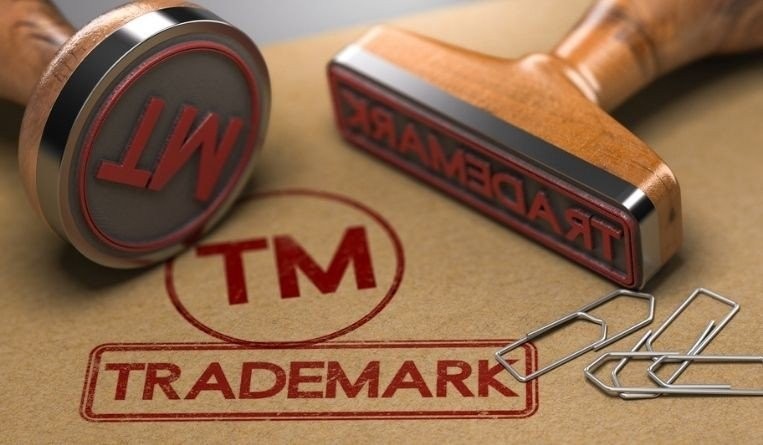The order passed by the High Court of Bombay is important as it creates a deterrent effect in the minds of infringers especially with the quantum of damages that were directed to be paid by the court, Rana says. “It is interesting to note that while courts limit the quantum of damages to the amount as prayed for by plaintiff in the suit, in the instant case, the High Court of Bombay awarded damages 10 times to that which was actually claimed by plaintiff.”
In Singapore, the Court of Appeal’s decision of Burberry and anor v. Megastar Shipping is of significance. “The case was brought by various trademark proprietors against the freight forwarding company, Megastar Shipping, for counterfeit importation,” says Andy Leck, principal and head of the IP practice at Baker McKenzie Wong & Leow in Singapore. “In this case, the court clarified that freight forwarders weren’t liable for trademark infringement as the importer and/or exporter of counterfeit, if they didn’t know that the relevant goods were counterfeit. The court further clarified that such ‘import’ and ‘export’ included goods in transit.”
However, the court added that freight forwarders had a duty to disclose if they were in possession of counterfeit goods, Leck says. “A duty to disclose on part of freight forwarders/trans-shippers, coupled with the enhanced powers of Customs, will ultimately arm right holders with a better ability to locate and pursue infringement actions.”
In Application for confidentiality safeguards by TWG Tea Company and objection thereto by T2 Singapore & Tea Too, the applicant, in response to an allegation that its mark lacked distinctiveness, sought to adduce evidence of its advertising expenditure and sales figures. However, the applicant requested for confidentiality safeguards to be implemented before disclosure. The opponent refused, and the interlocutory dispute proceeded to a hearing. In finding in favour of the applicant, IPOS provided clarifications on some key issues:
a) The Registrar will not generally impose confidentiality safeguards where a party voluntarily puts forward purportedly confidential information in support of its cases, says Meryl Koh, director of IP and dispute resolution at Drew & Napier in Singapore. “This is unless there is a compelling case for doing so, in light of non-exhaustive factors such as (1) the importance of the information to the dispute; (2) the degree to which the information is confidential; (3) how current the information is; (4) whether the parties are competitors; (5) the extent of prejudice should the confidential information be disclosed to its competitor; and (6) the stage of proceedings.”
b) The Riddick principle (i.e. a litigant who has obtained discovery of a document owes an implied undertaking to the court not to use that document for any collateral or ulterior purpose) should apply to IPOS proceedings.




.jpg)









